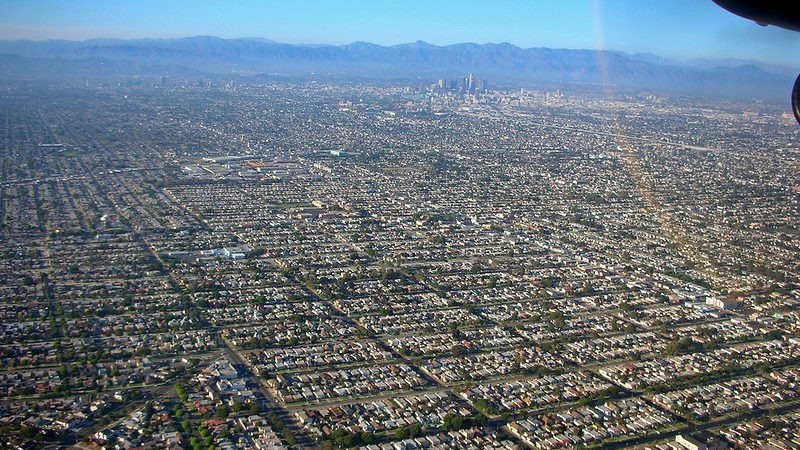Item Link: Access the Resource
Publication Info: https://doi.org/10.1016/j.landusepol.2018.08.017
Date of Publication: August 28
Year of Publication: 2018
Publication City: Amsterdam, The Netherlands
Publisher: Elsevier
Author(s): Alice Colsaet, Yann Laurans , Harold Levrel
Journal: Land Use Policy
Volume: 79
Pages: 339-349
Abstract
Land take is the transformation of agricultural, natural, and semi-natural spaces into urban and other artificial uses. It is closely linked to urban sprawl (low-density or dispersed urban development). Land take is a major environmental challenge, especially for biodiversity conservation, as it destroys and fragments natural habitats.
In order to assess how the scientific literature dedicated to this topic addresses the determinants of land take, we analyzed 193 scientific articles retrieved through a systematic methodology.
We summarized the causal relationships identified between land take and different explanatory factors. Among them, population and income growth, as well as the development of transport infrastructure and automobile use, are widely studied drivers that are most often found to increase land take. Political and institutional factors are extensively mentioned in the literature, suggesting that urban sprawl is not a mere result of “market forces” but is also shaped through public policies. Weak or inadequate planning, subsidies for land consumption, and automobile transportation are said to increase urban sprawl, while infrastructure pricing and subsidies for urban renewal would have the opposite effect. The institutional setting, especially administrative fragmentation, reliance on local taxes, and competition between local jurisdictions, is suspected to be a major determinant of land take. The effect of many factors however remains relatively undocumented or controversial in the reviewed literature, including widely used policy instruments.
Access the full paper here.
The views and opinions expressed through the MAHB Website are those of the contributing authors and do not necessarily reflect an official position of the MAHB. The MAHB aims to share a range of perspectives and welcomes the discussions that they prompt.
